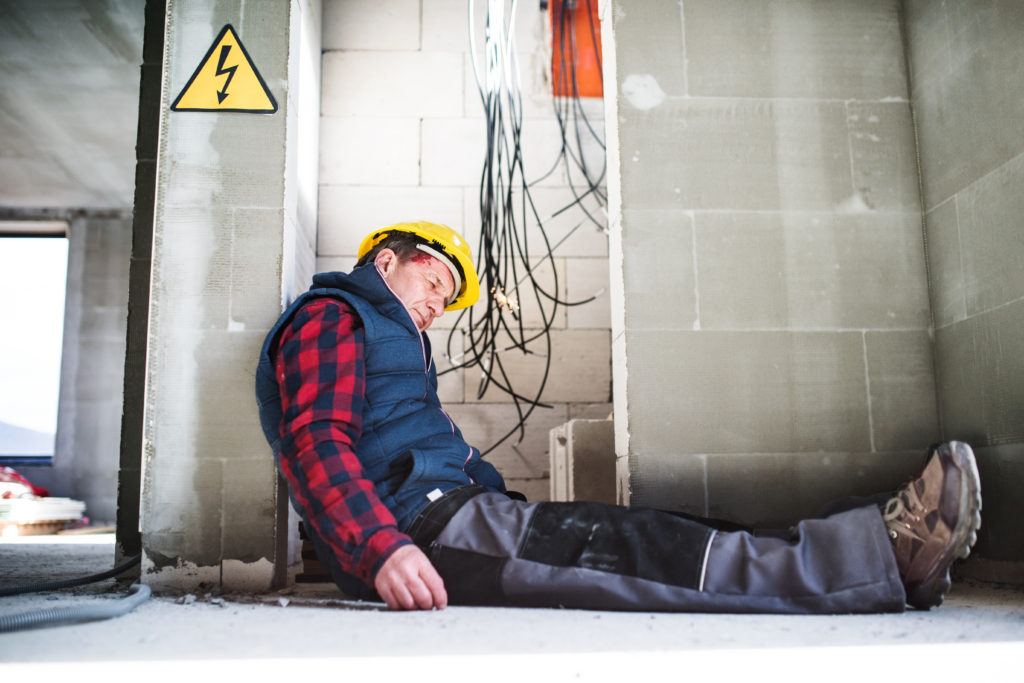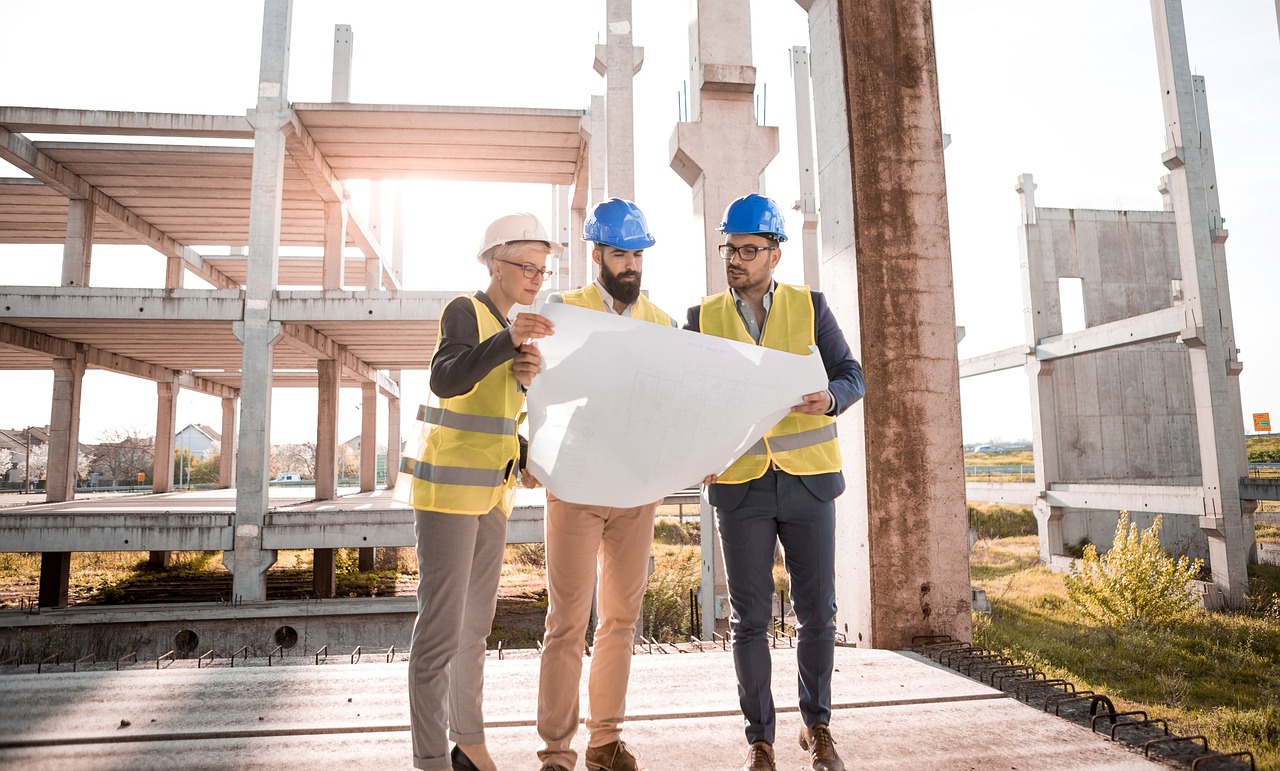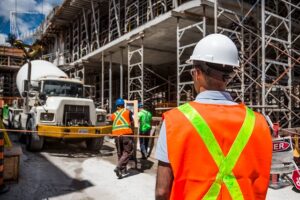Construction sites are bustling hubs of activity, where heavy machinery whirrs and skilled workers labor tirelessly to bring architectural visions to life. Yet, beneath the surface of this industrious environment lies a hidden danger: electrocution. When an electrical incident occurs on-site, questions about liability arise quickly. In this case, you should hire the best Plant Explosion Lawyers.
Who is responsible? Is it the general contractor overseeing everything, or is one of the subcontractors handling specific tasks? With numerous factors at play, understanding liability in these situations can be complex but crucial for protecting both workers and employers alike. Let’s delve into what happens when an electrocution takes place on a construction site and unpack who might be held accountable.
General Contractor vs. Subcontractor Responsibility
Determining liability in electrocution cases often hinges on the roles of general contractors and subcontractors. General contractors bear the overarching responsibility for site safety. They’re tasked with ensuring that all work aligns with regulations, including electrical standards. Subcontractors, on the other hand, focus on specific tasks, like electrical installations or maintenance. Their expertise comes into play when assessing whether proper procedures were followed during their operations. In cases of negligence, both parties can be scrutinized. If a subcontractor’s faulty wiring led to an incident, they may face liability. Yet if the general contractor failed to enforce safety protocols or provide adequate training, they might also share blame.

Defective Tool/Equipment Lawsuits
Defective tools and equipment can be lethal on a construction site. When an employee suffers from electrocution due to faulty machinery, the implications are severe. In many cases, lawsuits arise against manufacturers or suppliers of these defective products. If a tool fails as a result of poor design or inadequate safety features, victims have grounds for legal action. This extends beyond just the direct employer. Additionally, contractors often face scrutiny if they knowingly use substandard equipment. This responsibility falls under their duty to ensure worker safety on-site. Evidence such as maintenance records and incident reports plays a crucial role in these lawsuits.
OSHA’s “Fatal Four” Violation Evidence
The Occupational Safety and Health Administration (OSHA) identifies the “Fatal Four” as the leading causes of construction site deaths. These include falls, being struck by objects, electrocutions, and getting caught in or between equipment. When analyzing an electrocution case, evidence often centers around violations related to these hazards. For instance, if a worker is electrocuted due to inadequate safety measures like improper grounding of electrical tools, that’s a clear violation of OSHA guidelines. Accident reports frequently highlight whether proper training was provided regarding electrical safety practices.
How Weather Conditions Affect Liability
Weather conditions can significantly impact construction site safety. Rain, snow, and ice create hazardous environments that increase the risk of accidents. Workers may slip or lose traction while using tools, leading to potential electrocution. Extreme heat also poses a danger. It can cause equipment malfunctions and affect workers’ judgment. Fatigue from high temperatures can lead to mistakes during electrical work. Windy conditions present their own risks, too. Loose materials can become projectiles, and scaffolding might sway dangerously. These unpredictable elements make it essential for contractors to assess weather forecasts regularly. Liability often hinges on whether proper precautions were taken in response to these conditions. Clear safety protocols should be established before inclement weather hits. If negligence is …
Read More


 When embarking on a construction project, contractual obligations play a crucial role in ensuring the smooth execution of the work. Contracts outline the terms and conditions agreed upon by all parties, setting clear expectations and responsibilities. From defining project timelines to specifying payment schedules, contracts provide a roadmap for all stakeholders to follow throughout the construction process. It is essential for all parties to thoroughly review and understand their contractual obligations before signing any agreements. By outlining each party’s duties and liabilities, contracts help mitigate potential disputes or misunderstandings that may arise during the project.
When embarking on a construction project, contractual obligations play a crucial role in ensuring the smooth execution of the work. Contracts outline the terms and conditions agreed upon by all parties, setting clear expectations and responsibilities. From defining project timelines to specifying payment schedules, contracts provide a roadmap for all stakeholders to follow throughout the construction process. It is essential for all parties to thoroughly review and understand their contractual obligations before signing any agreements. By outlining each party’s duties and liabilities, contracts help mitigate potential disputes or misunderstandings that may arise during the project. When it comes to construction projects, health and safety regulations play a crucial role in ensuring the well-being of workers and the public. These regulations are implemented to prevent accidents, injuries, and even fatalities on construction sites. Employers are required to provide a safe working environment for their employees by following specific guidelines set forth by regulatory bodies. This includes implementing proper safety protocols, providing necessary personal protective equipment (PPE), and conducting regular training sessions on workplace hazards. Construction companies must also adhere to regulations regarding hazardous materials handling, waste disposal, noise control measures, and emergency response plans.
When it comes to construction projects, health and safety regulations play a crucial role in ensuring the well-being of workers and the public. These regulations are implemented to prevent accidents, injuries, and even fatalities on construction sites. Employers are required to provide a safe working environment for their employees by following specific guidelines set forth by regulatory bodies. This includes implementing proper safety protocols, providing necessary personal protective equipment (PPE), and conducting regular training sessions on workplace hazards. Construction companies must also adhere to regulations regarding hazardous materials handling, waste disposal, noise control measures, and emergency response plans.
